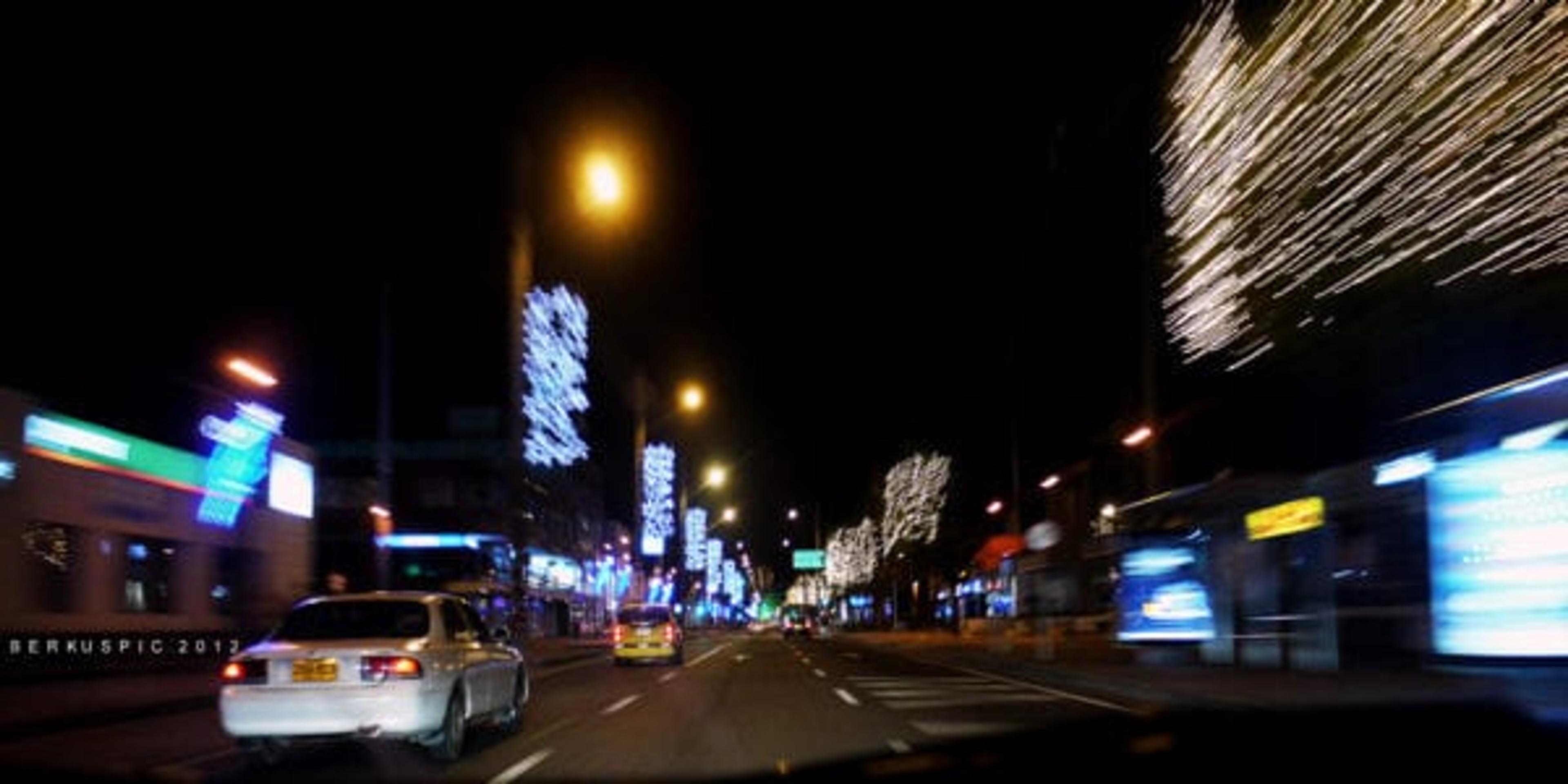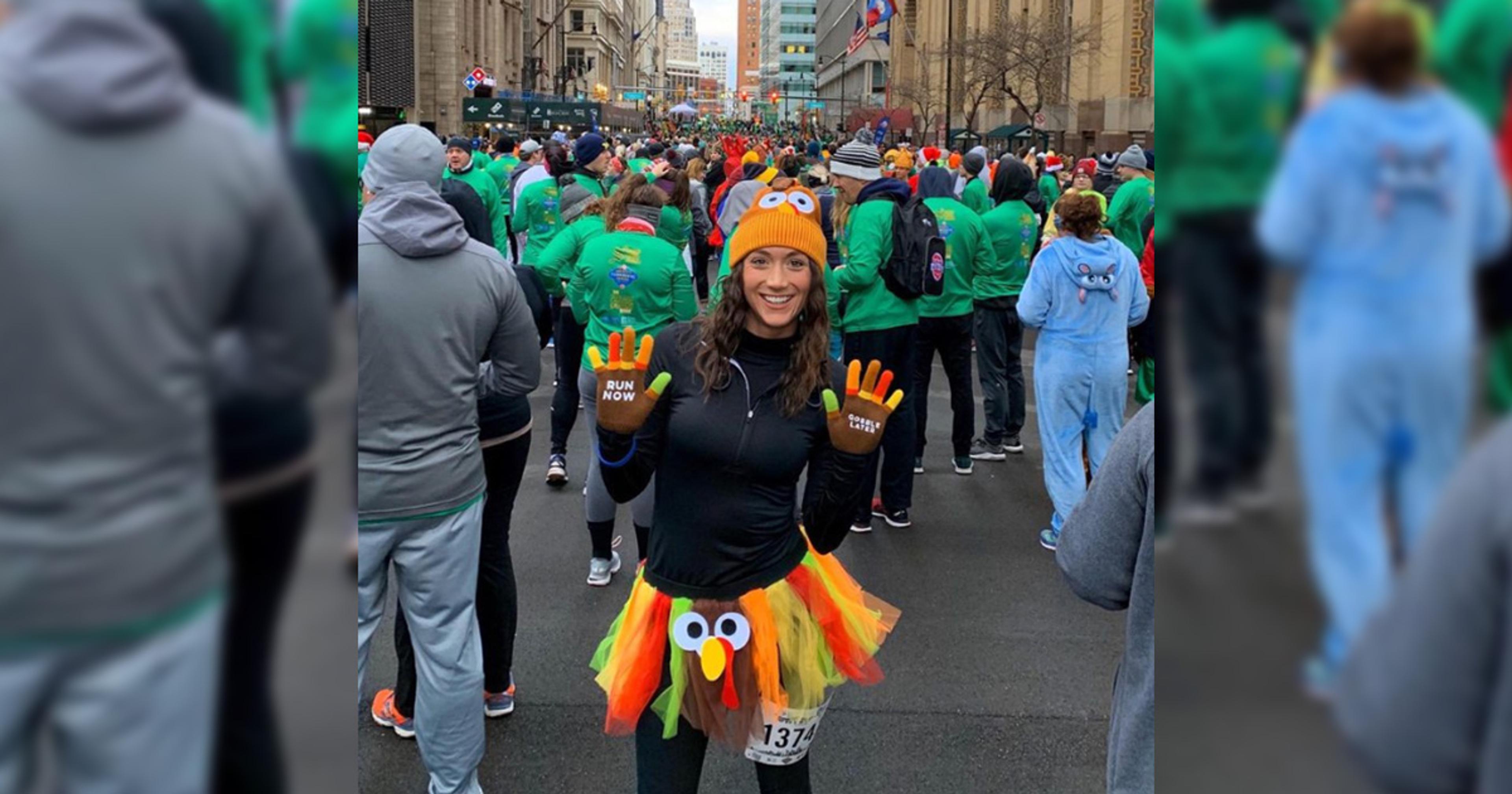6 Ways to Instantly Become a Safer Nighttime Driver

Susan Mithoff Quade
| 3 min read

Unlike nocturnal animals, humans just don’t see as well at night as we do during daylight hours. That can make driving in the dark dangerous. Although there are fewer cars out, the fatal crash rate for nighttime driving is three to four times that for daytime driving, according to the National Highway Traffic Safety Administration. Even if you have 20/20 vision, your eyes might only see at 20/200 or less. Plus, you’re less skilled at depth perception, meaning that car pulling out in front of you could be a lot closer than you think. Unfortunately, even if you’ve been fine driving in the dark in the past, night vision worsens as you age. That said, there are a few tricks to improve your sight at night and help you become a safer driver.
- Dim your car’s internal lights. Turn down the brightness of your control panel on the dashboard to help your eyes adjust to the darkness outside. Also, ask passengers not to look at bright cell phones screens.
- Look to the side of what you want to see. At night there’s a blind spot in the very center of your field of vision (that part of your retina has very few of the rods used for night vision). If you aren’t sure what you’re seeing in front of you (is that thing in the road a bag or an animal?), scan your eyes slightly from side to side or look a little above or below the object.
- Never look into oncoming lights. Once your eyes become adjusted to the darkness, looking directly at oncoming bright headlights—especially high beams—can make it even harder to see afterward. Instead, look at the white center line. That way you won’t affect your vision but can still make sure you’re staying safely on the road. And if someone behind you has their brights on, angle your rearview mirror and even your side mirrors downward.
- Clean and adjust your headlights. Road grime on headlights can cut your vision quality by half. For around $20 at a local garage, you can have your headlights cleaned. While you’re there, ask them to adjust the lights so they’re pointing both evenly and at the right height (this can be off even in new cars).
- Leave more space than usual. Even high beam headlights only illuminate up to 450 feet, so don’t follow cars as closely as you would during the day. That way you have extra time to stop if necessary.
- Reduce glare. That means keeping your windshield clean both the inside and out, so you can see clearly. Same goes if you wear glasses—it’s worth it to opt for the anti-reflective coating, since it greatly reduces glare at night.
Photo credit: Bernal Saborio





